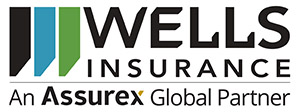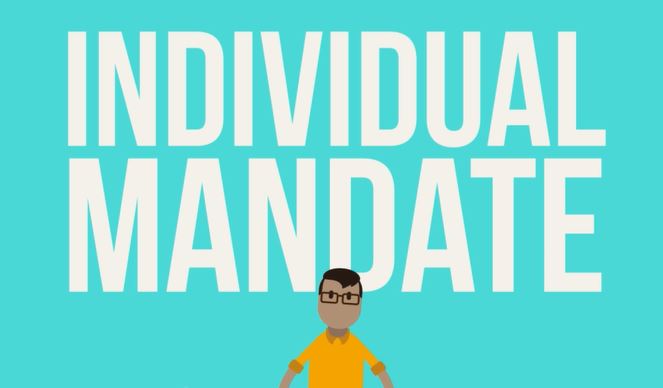The penalty for not obtaining acceptable health insurance coverage is being phased in over a three-year period. The amount of the penalty is the greater of two amounts—the “flat dollar amount” and “percentage of income amount.”
For 2014, the penalty is $95 per person or 1 percent of income. For 2015, the penalty is $325 per person or 2 percent of income. In 2016 and after, the penalty is $695 per person or 2.5 percent of income. “Income” for this purpose is your household income minus your exemption (or exemptions for a married couple) and standard deductions. Families will pay half the penalty amount for children.
The penalty is calculated on a monthly basis and will be assessed for each month that you go without coverage. If you have coverage for at least one day in a month, you are considered to be covered for that month. There is no penalty for a single lapse in coverage that lasts no longer than two months.
For example, you don’t have coverage from April 9 to July 19. Because you had coverage for at least one day for both April and July, you are considered to be covered for those months and not covered for May and June. Assuming you had coverage the rest of the calendar year, you will not be subject to the penalty.




